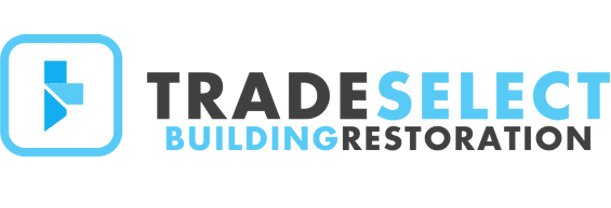When it comes to structural drying, we’re here to ensure a swift and efficient recovery for your property to prevent further damages from occurring. Our expert team utilizes cutting-edge techniques and state-of-the-art equipment to thoroughly dry and restore your building’s structure after water damage.
With our extensive knowledge and experience, we understand the critical importance of quick response times. Our dedicated professionals work tirelessly to minimize the impact of water damage, preventing further deterioration and potential mould growth. Through our meticulous assessment, we tailor our drying approach to suit your unique needs, whether it’s a residential or commercial property.
Using advanced moisture detection tools, we pinpoint moisture sources within the structure, even in hard-to-reach areas. Our industry-leading drying methods are designed to remove excess moisture, accelerating the drying process and preventing secondary damage.
Some of the key equipment used in our drying process:
1. Dehumidifiers:
Dehumidifiers are essential in structural drying as they help extract moisture from the air. These devices work by pulling in moist air, cooling it to condense the moisture, and then releasing the dry air back into the environment. Dehumidifiers play a vital role in reducing humidity levels, which is crucial for preventing mould growth and speeding up the drying process.
2. Air movers:
Air movers are used to enhance airflow within the affected area. By directing a high volume of air across wet surfaces, they facilitate evaporation, allowing moisture to evaporate more quickly. Air movers help promote efficient drying by accelerating the evaporation rate and preventing stagnant air pockets.
3. Desiccant dehumidifiers:
In cases where the moisture level is extremely high or the drying process needs to be expedited, desiccant dehumidifiers are employed. These powerful machines use a desiccant material, such as silica gel or activated alumina, to absorb moisture from the air. Desiccant dehumidifiers are particularly effective in low-temperature environments and can handle large-scale drying projects.
4. Heat boost bars:
Heat boost bars, also known as heat drying systems, are used to introduce warm air into the drying process. By raising the temperature in the affected area, heat boost bars enhance evaporation rates, accelerating the drying time. This equipment is particularly beneficial in situations where high humidity or cold weather conditions hinder the drying process.
5. Drying mats:
Drying mats are specialized tools that distribute airflow evenly across wet surfaces, such as wood floors or carpets. These mats feature small tubes that deliver warm air, promoting evaporation and facilitating thorough drying. Drying mats are particularly effective for water damage on hard surfaces or carpeted areas.
6. Injector dry:
Injector dry systems are designed specifically for drying confined spaces, such as wall cavities or voids. These systems use a combination of high-pressure air and vacuum extraction to remove moisture from hard-to-reach areas. By injecting dry air and extracting the moisture-laden air, injector dry systems ensure comprehensive drying and help prevent hidden water damage.
7. Drymatic drying system:
The Drymatic system is a specialized drying solution that offers several advantages in water damage restoration:
The inclusion of the Drymatic drying machine in the structural drying process enhances precision, efficiency, and speed, leading to more effective restoration outcomes. Its advanced features and adaptability make it a valuable tool in the collection for our restoration professionals, ensuring thorough and successful drying of water-damaged structures.
Each of these equipment plays a crucial role in the structural drying process, ensuring efficient moisture removal and preventing further damage. By utilizing a combination of dehumidifiers, air movers, desiccant dehumidifiers, heat boost bars, drying mats, injector dry systems, and our drymatic drying system, our professionals can effectively restore the property and create a safe, dry environment.

Trade Select is a company that specialises in building restoration services. They offer a range of services to repair and restore homes and businesses that have been damaged due to water, fire, or flood. Besides, they create a safe environment for people to continue living while the work is being completed.